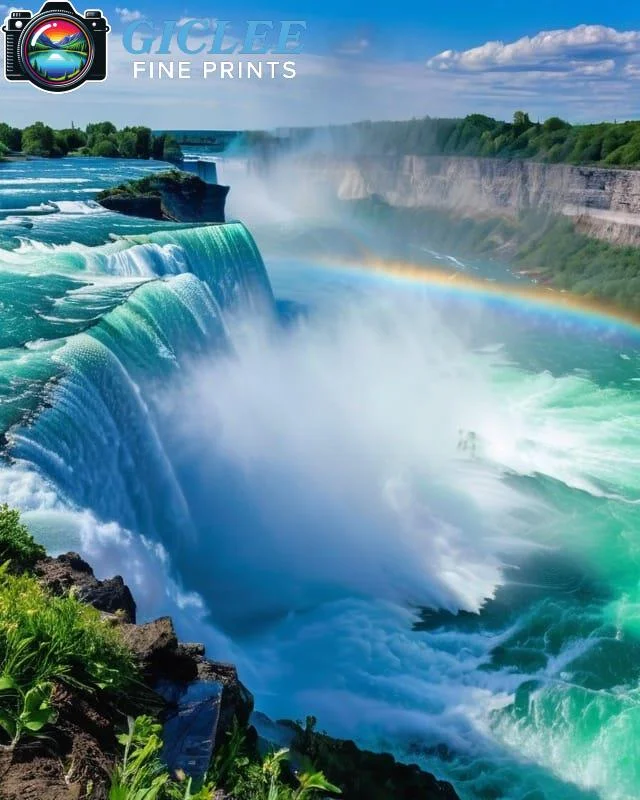
When it comes to customizing apparel, two of the most popular printing methods are DTG (Direct-to-Garment) printing and screen printing. Each technique offers its own unique benefits, and choosing the right one for your project depends on several factors, such as design complexity, fabric type, and order size. In this guide, we’ll decode the differences between DTG and screen printing, helping you decide which method is best suited for your specific needs.
What is DTG Printing?
Direct-to-Garment (DTG) printing is a modern printing technique that uses inkjet technology to apply ink directly onto the fabric. The process works similarly to a traditional paper printer, except it’s designed specifically for garments. DTG printing allows for full-color, high-resolution images to be printed directly onto the fabric, with no need for screens or stencils.
Key Features of DTG Printing:
- Full-Color Capabilities: DTG printers can produce highly detailed, multi-colored designs, making it ideal for printing complex artwork, photographs, and pixelated artwork.
- No Setup Time: Unlike screen printing, DTG doesn’t require setup for each color, making it faster for smaller orders.
- Soft Finish: DTG printing allows the ink to penetrate the fibers of the fabric, resulting in a soft, natural feel to the print.
What is Screen Printing?
Screen printing, also known as silk screening, is a more traditional printing method that involves creating a stencil (or screen) for each color in the design. Ink is pushed through the screen and onto the fabric, layer by layer, to build the image. This technique is particularly effective for bold, simple designs with fewer colors.
Key Features of Screen Printing:
- Vibrant, Long-Lasting Prints: The thick layers of ink used in screen printing create vibrant, durable designs that can last through many washes.
- Best for Bulk Orders: Since the setup process for screen printing can be time-consuming, it’s most cost-effective for large orders with the same design.
- Limited Color Complexity: Screen printing works best for designs with fewer colors or larger, more solid areas of color, making it ideal for logos, text, and simple art printing.

Comparing DTG and Screen Printing: Key Differences
While both methods can produce high-quality results, DTG and screen printing have distinct differences in how they function, which can impact the final product.
1. Order Size and Cost Efficiency:
- DTG Printing: Best suited for small orders, custom designs, or one-off prints. There’s no setup cost per color, making it cost-effective for low quantities.
- Screen Printing: Ideal for large orders where the same design will be printed on many items. The setup cost is spread across the larger quantity, making it more affordable for bulk orders.
2. Design Complexity:
- DTG Printing: Perfect for highly detailed, multi-colored designs, such as photographs or intricate artwork. DTG can reproduce subtle gradients and fine artworks with ease.
- Screen Printing: Better suited for simple designs with solid colors. While screen printing can handle multi-color designs, the more colors used, the more complex and costly the setup becomes.
3. Durability and Washability:
- DTG Printing: While DTG prints have a soft feel and great detail, they may not be as durable as screen-printed designs over time, especially after multiple washes.
- Screen Printing: Known for its durability, screen-printed designs can withstand frequent washing and wear, retaining their color vibrancy longer.
4. Print Finish:
- DTG Printing: Produces a soft, smooth print that blends seamlessly with the fabric. Ideal for fine art paper prints or designs requiring a soft, lightweight finish.
- Screen Printing: Leaves a thicker, more textured print on the surface of the fabric, which can be felt to the touch. This is particularly effective for bold designs and logos.
Best Use Cases for DTG Printing
DTG printing is a versatile technique that works well for custom, high-detail designs and smaller orders. It’s especially useful when you need a fast turnaround or are working with detailed artwork.
DTG Printing Use Cases:
- Small Orders or One-Offs: DTG printing is ideal for limited runs or custom orders, such as personalized t-shirts for events, family gatherings, or small businesses.
- Photographic or Detailed Artwork: If your design includes fine details, gradients, or a lot of colors (like pixelated artwork), DTG can replicate those with precision.
- Short Turnaround Times: Since there’s no setup involved, DTG is perfect when you need prints quickly.

Best Use Cases for Screen Printing
Screen printing shines in scenarios where you need durable, bold prints in large quantities. It’s especially well-suited for merchandise and bulk orders, where a single design is used across many items.
Screen Printing Use Cases:
- Large Bulk Orders: If you need hundreds of shirts with the same design, screen printing is the most cost-effective and time-efficient option.
- Bold Logos and Text: Designs with solid colors and simple shapes, like company logos, slogans, or promotional merchandise, are ideal for screen printing.
- Long-Lasting Prints: For sports uniforms, promotional apparel, or workwear that will undergo frequent washing and wear, screen printing offers unmatched durability.
Environmental Considerations: DTG vs. Screen Printing
Both DTG and screen printing have different environmental impacts. DTG uses water-based inks, which are more eco-friendly, and produces less waste since there’s no need for stencils or screens. However, it consumes more energy per print, as each garment must be printed individually.
Screen printing, on the other hand, requires more materials like screens, emulsions, and solvents, which can create waste. However, it is generally more energy-efficient for large batches due to its fast production speed once the screens are set up.
Contact Us
Our address is: 3816 Pioneer Trail Ste #3, South Lake Tahoe, CA 96150
Email: Info@gicleefineprints.com
FAQs
DTG printing is better for detailed designs, especially those with gradients, multiple colors, or fine details, as it can reproduce these with high precision.
Screen printing tends to be more durable, with designs lasting longer through multiple washes and heavy wear.
For small orders or one-off designs, DTG printing is more cost-effective. However, for large orders, screen printing becomes more economical due to the lower cost per item after setup.


